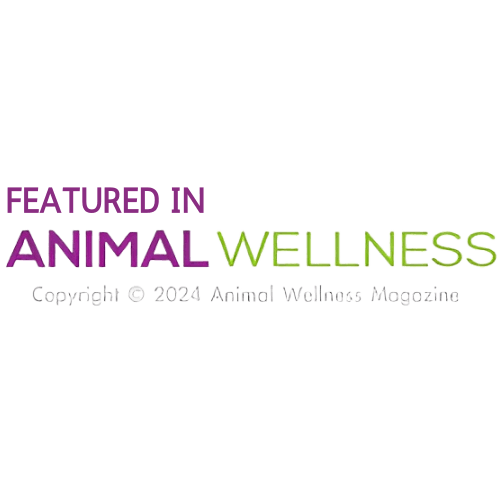When the world went into lockdown to curb the spread of COVID-19, an unexpected beneficiary emerged: our dogs. A groundbreaking study, recently published by SpringerLink, reveals how COVID-19 containment measures drastically reduced the spread of the H3N2 canine influenza virus in China. This blog post delves into the intricate relationship between human movement restrictions and the health of our pets, offering crucial insights into how future public health policies could protect both human and animal communities. Let's explore the significance of these findings and what they might mean for handling health crises moving forward.
The Unexpected Impact of Lockdowns
As the world grappled with COVID-19, stringent measures like lockdowns not only aimed to protect human health but also inadvertently shielded our canine companions. The article from SpringerLink discusses a study that observed a significant reduction in the spread of the H3N2 canine influenza virus among dogs in China during the pandemic. This was primarily attributed to the reduced public movement and human interaction, which are common catalysts for the spread of infectious diseases among pets.
A Closer Look at the Data
The study highlights how, with fewer opportunities for interaction, both direct and indirect transmission of the virus among dogs was curtailed. This unexpected benefit of social restrictions provides a unique insight into how managing human behavior can have broader implications for pet health and disease management.
Implications for Future Pandemic Responses
This research opens up discussions on the role of pet management in pandemic situations. It suggests that in future health crises, measures could be designed to not only safeguard human populations but also protect our pets from outbreaks of diseases like canine influenza.
Conclusion: A Silver Lining
The findings from this study underscore an important silver lining during the COVID-19 pandemic—protective measures for humans can also conserve the health of our pets. It serves as a reminder of the interconnectedness of our health ecosystems and the need for holistic approaches in public health policies.











